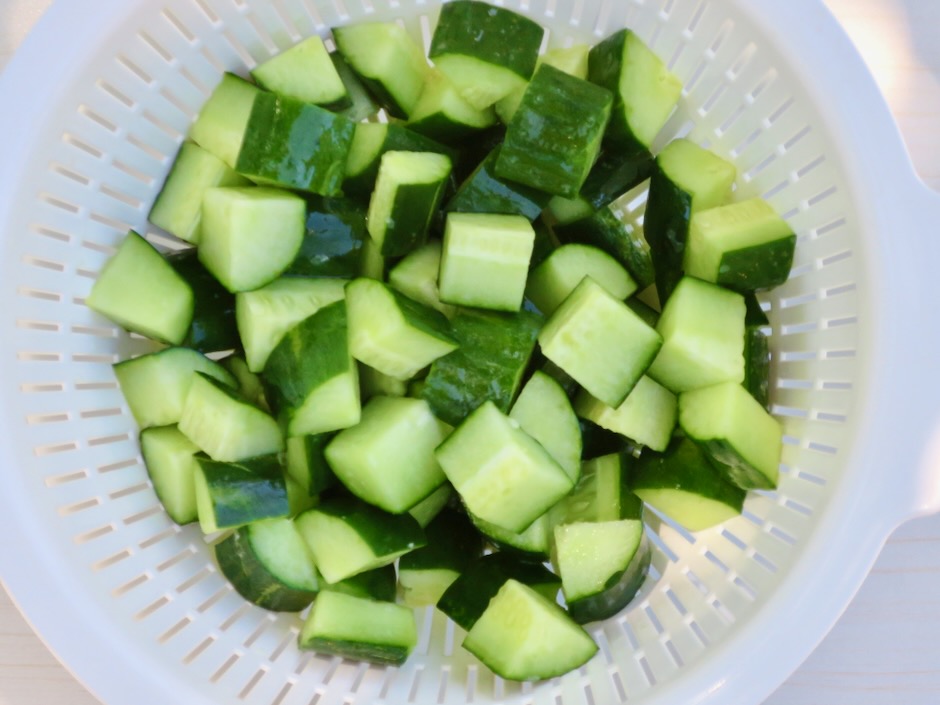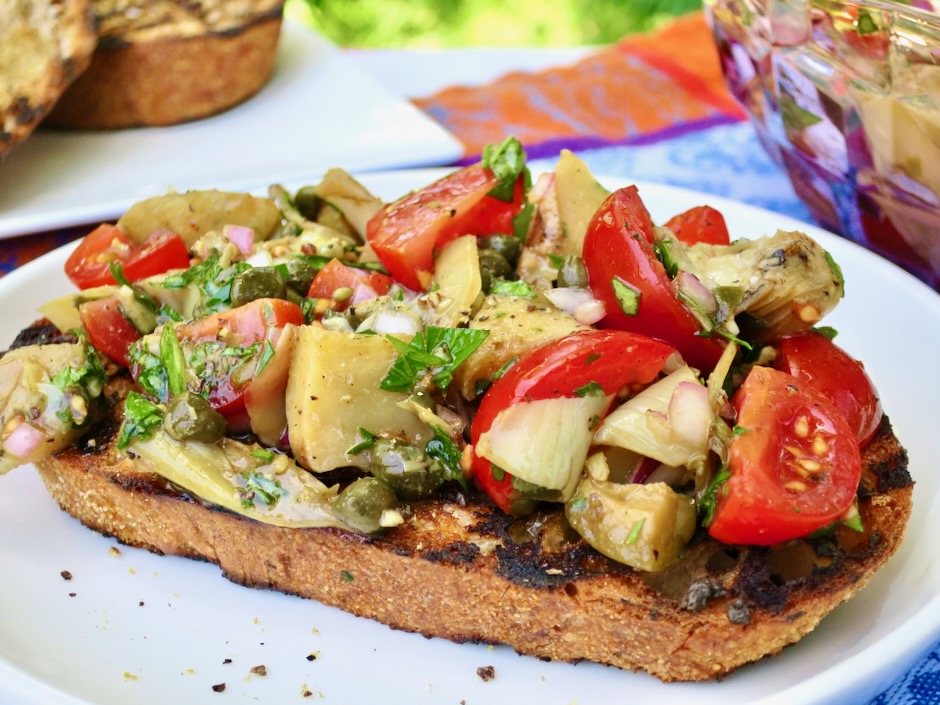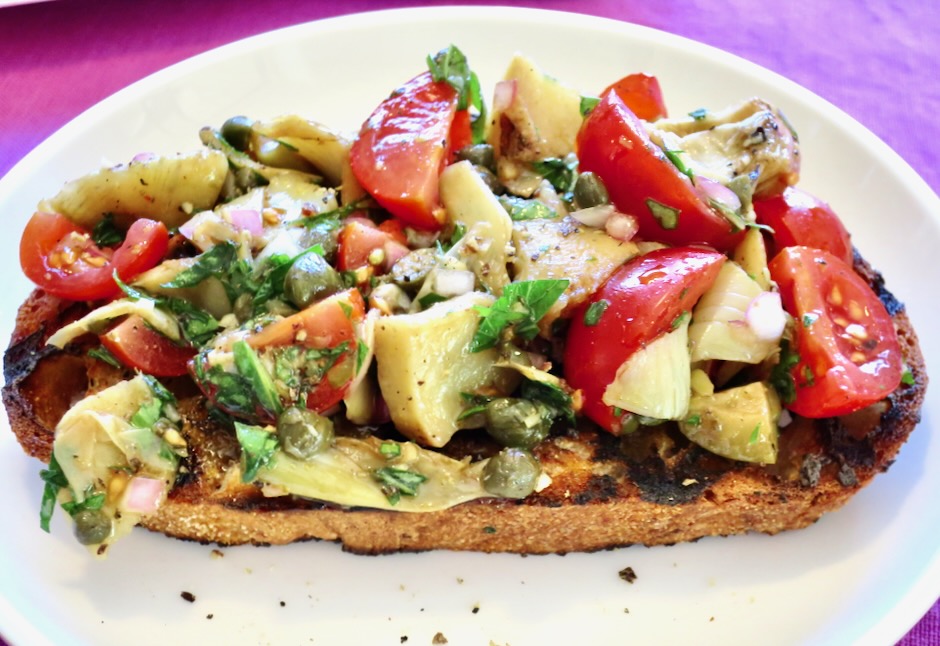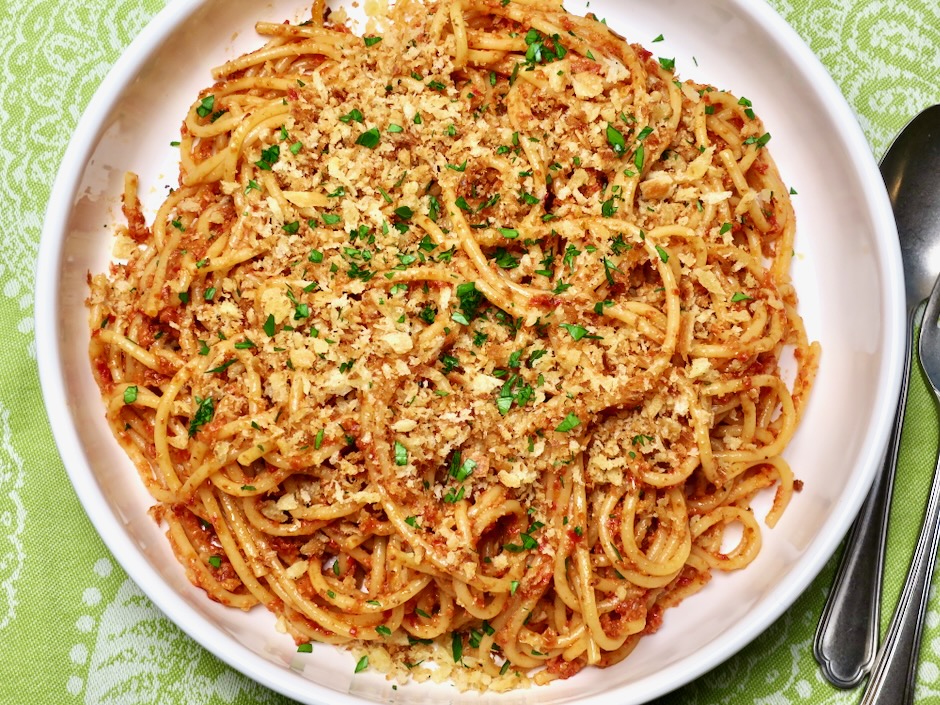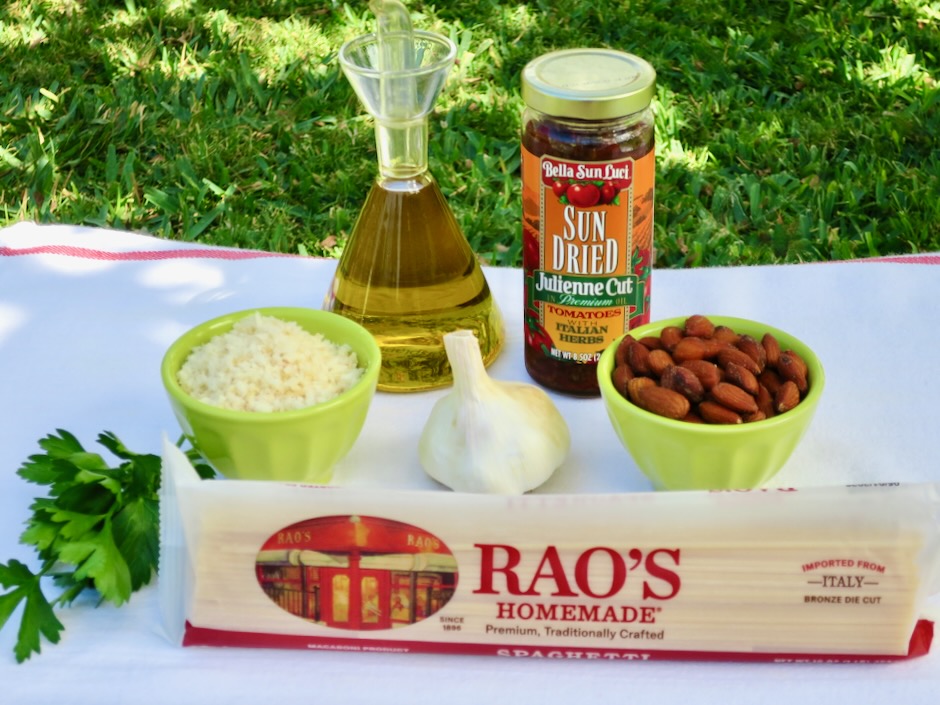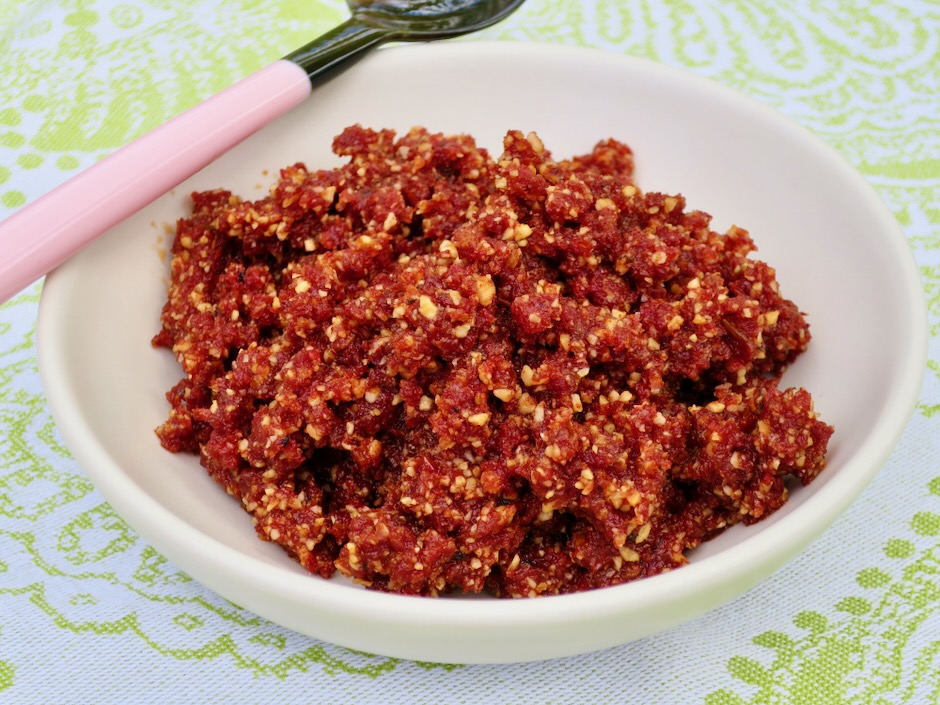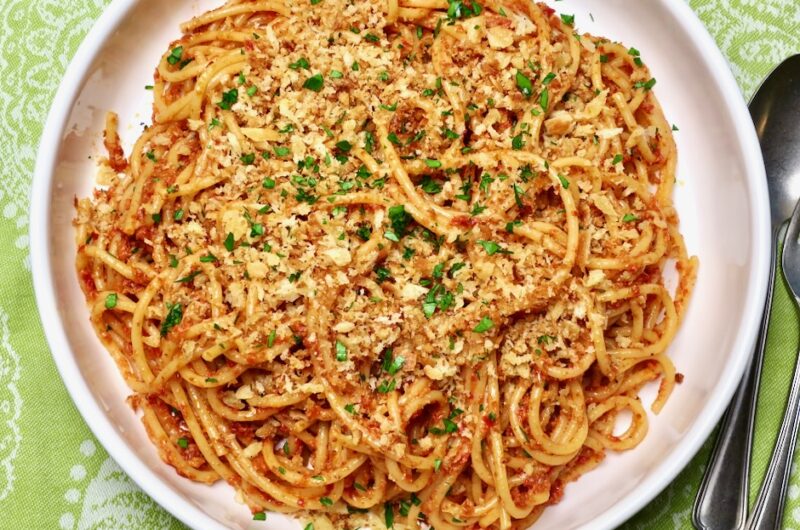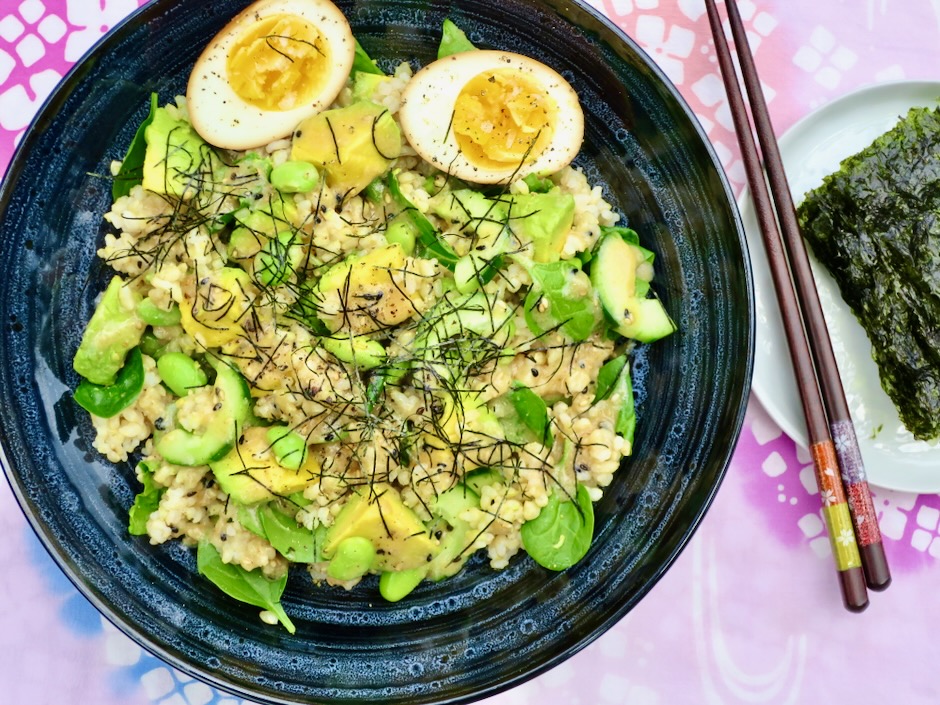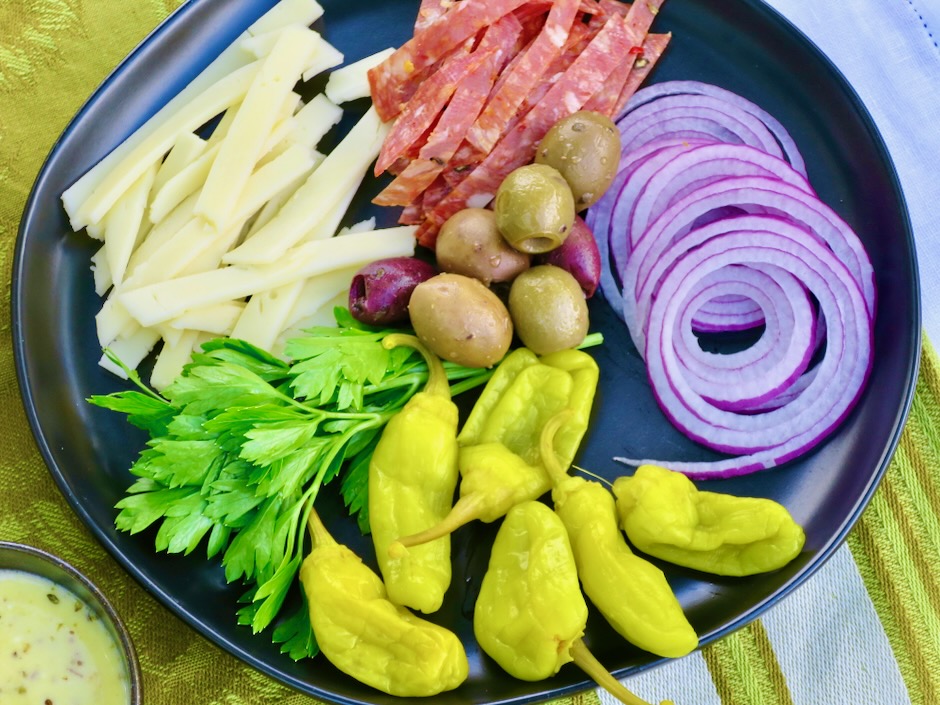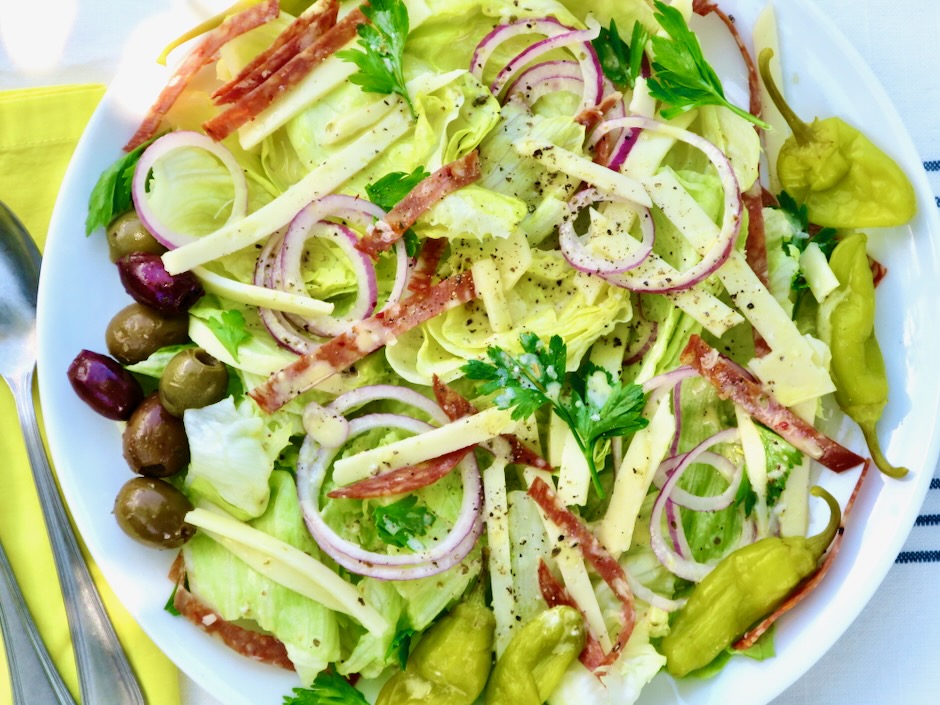
These are by far the best butter mochi cakes that anyone can make at home. They bake up into gorgeous little rounds of deliciousness. The crispy and chewy edges of the mochi cakes are irresistible. Butter mochi is one of the most beloved desserts here in Hawaii. Whether you’re heading to a potluck or just cooking for your family, everyone’s eyes will be on dessert. Its signature chewy yet soft texture and not too sweet flavor are the perfect combination. These delightful mochi cupcakes are so easy to make, perfect to pack up for snacks and picnics, and they freeze well.

This recipe is very versatile. Make it plain or jazz it up with some coconut flakes, sesame seeds, or chocolate. These additional ingredients make the cakes both charming and distinctive. On a sad note, I recently read that Koda Farms will be closing their business due to rising costs which proved to be overwhelming. They have been everyone’s favorite mochiko flour for nearly 100 years. It was bad news for many of us who have treasured their quality mochiko flour and organic rice. Cheers to Koda Farms for providing their customers with the very best products for so many years.

You can make this recipe in a cake pan, but using a muffin tin proved to be the way to go. There’s no need to cut individual pieces when serving and the presentation is quite stunning. Most importantly, you get that crispy, chewy, very desirable texture in every bite.
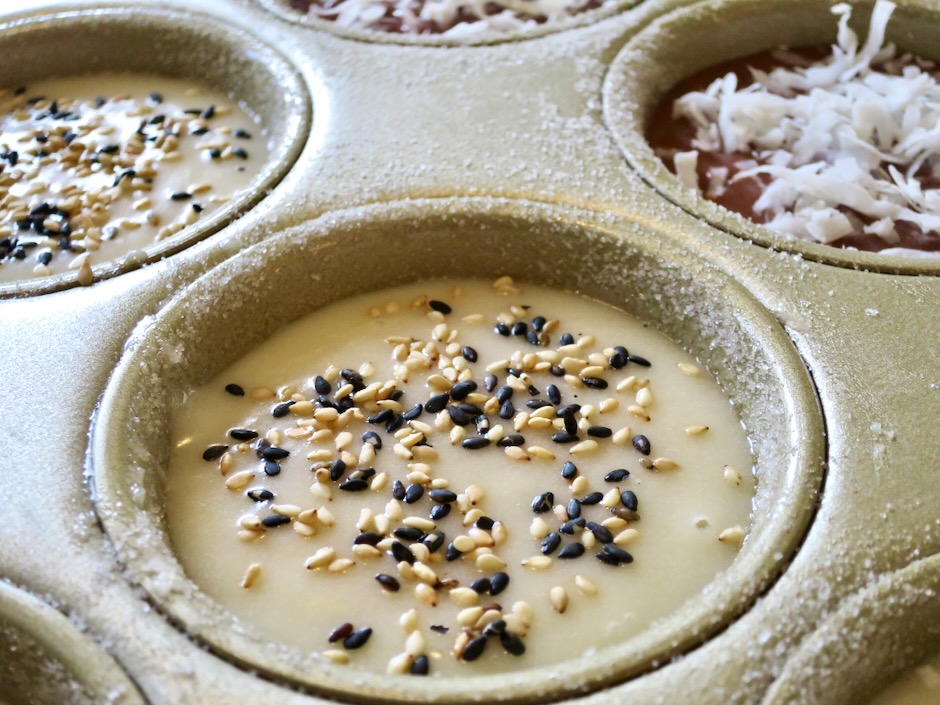

Just for fun, I divided the recipe in half and made some flavored with cocoa powder. This created a few extra dishes and involved weighing ingredients with a scale. Next time I will make two separate batches, because you can never have too many mochi cakes!

Keep in mind it is perfectly normal for these chewy little treats to be flat or a bit sunken on the top and not domed like cupcakes or muffins.

The edges bake up golden brown and crispy. The sugar coated sides add such a nice texture with just a hint of sweetness. Don’t skip the sugar coated pan.


Just one word. Yum!

Mochi Cakes
14
servingsRecipe adapted from Epicurious
Ingredients
6 tablespoons (85g) Miyoko’s unsalted butter or Earth Balance Buttery Sticks for lactose free version (or regular unsalted butter) melted, plus more for the pan
1 1/2 cups (300g) sugar, plus more for the pan
1 (13.5 ounce) can unsweetened coconut milk (or 1 2/3 cups half & half, lactose free or regular)
2 large eggs
2 teaspoons vanilla extract
1 teaspoon kosher salt
2 cups (254g) mochiko rice flour (preferably Koda Farms brand)
3 tablespoons powdered flavoring of choice (unsweetened cocoa powder, matcha powder, malted milk powder) or 3 tablespoons mochiko rice flour if not using other flavored powder
1 teaspoon baking powder
1/3 cup unsweetened shredded coconut, optional
2 tablespoons black or white (or combination) roasted sesame seeds, optional
Directions
- Preheat oven to 350 degrees. Butter a standard 12-cup muffin pan, or 9-inch round cake pan, or 8-inch baking pan. Generously coat the pan with sugar, tapping out excess. (Note: If using a muffin pan you will end up with a bit of extra batter. I used a small 4×6-inch baking dish for this. You may also fill two extra muffin pan cavities for a total of 14 mochi cakes).
- Place 1 1/2 cups sugar and 6 tablespoons melted butter in a large bowl. If using coconut milk, shake the can vigorously before opening it. If the coconut milk is lumpy, whisk it in a small pan over medium heat until smooth. Whisk coconut milk into sugar mixture. If using half & half, whisk directly into sugar mixture. Add eggs, vanilla, and salt and whisk to combine.
- In a medium bowl, whisk mochiko rice flour, 3 tablespoons powdered flavoring of your choice or 3 additional tablespoons of mochiko rice flour and baking powder. Whisk into egg mixture. Scrape batter into prepared pan and sprinkle with coconut or sesame seeds if using.
- Bake until edges are lightly browned, tops begin to crack and cake springs back when gently pressed, about 40-45 minutes if using a muffin tin or 55-65 minutes for cake pans (oven temperatures vary, check at the earlier time given). Cakes should be nicely browned around the edges. Transfer pan to a wire rack and let cakes cool in pan for 10 minutes. Run a plastic knife around the rims of cakes and remove to a wire rack to cool completely. If using a cake pan, run plastic knife around perimeter pan, place plate over top and invert onto plate. Place wire rack over cake and invert onto rack, cake will be right side up. Serve once completely cooled.
Notes
- Optional: You may add a teaspoon of ground cinnamon or 1/2 teaspoon of cardamom or turmeric to your batter if making plain mochi cakes. Whisk into rice flour in step #3.
- Cakes can be frozen for 3 months. Microwave for a few seconds to soften slightly before serving. Or defrost overnight in the refrigerator.




